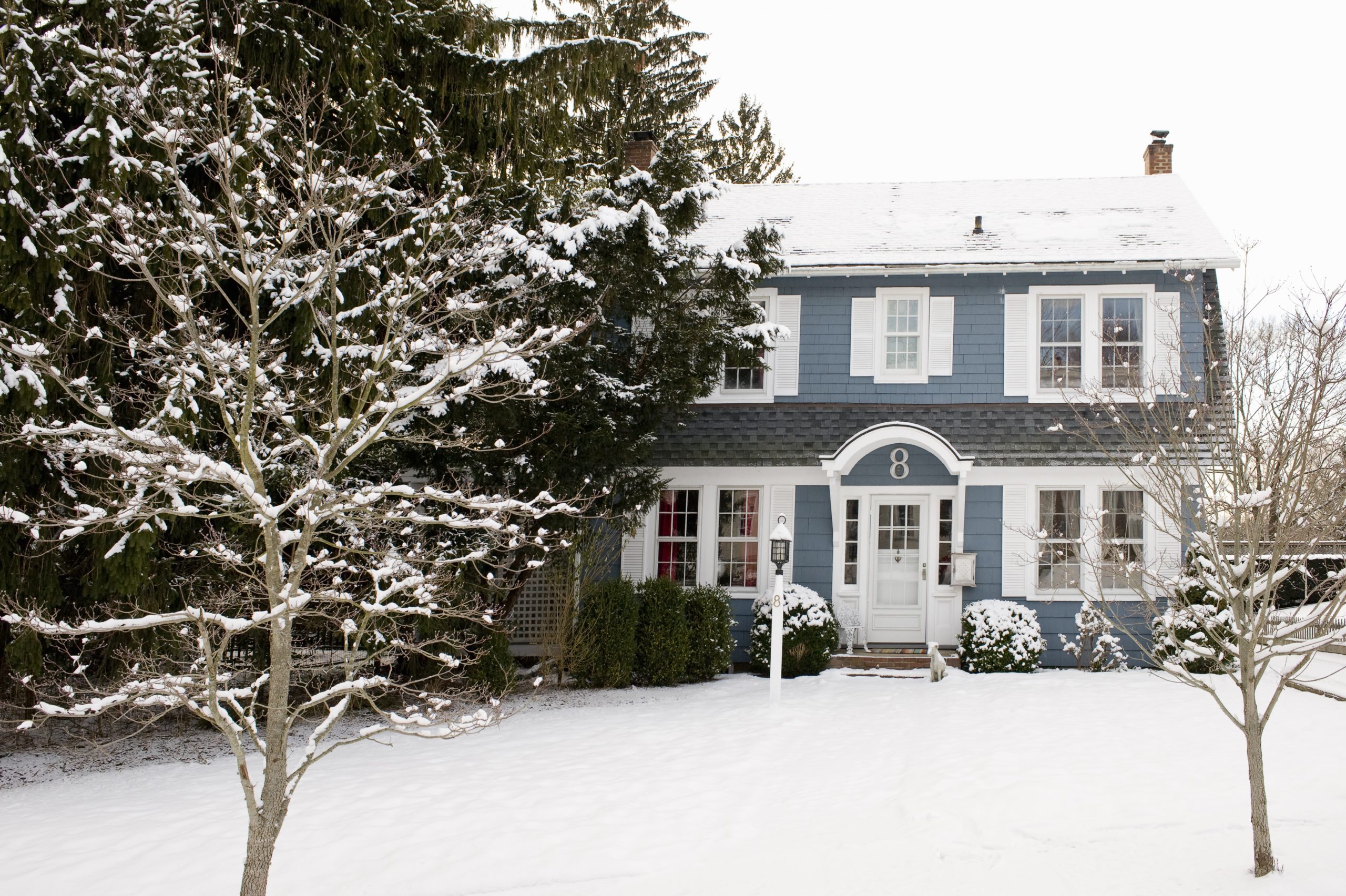
For most Americans, daylight savings has ended to signal the impending onset of winter.
For gardeners, this is a good time to consider how you’re going to protect the plants you lovingly planted during summer from the biting frosts of winter.
In North America, the first frosts can arrive as early as late August, while the South avoids frosty mornings for an extra month or two.
Frost forms when air temperature falls below 32°F (0°C). At this temperature, frost is unlikely to affect the ground in which your plants grow. However, the leaves and stems above the surface can suffer.
When weather forecasts discuss a hard frost, they’re referring to nights when temperatures drop below 28°F (–2°C) and stay that cold for at least four hours.
A hard frost will penetrate the ground and damage any non-hardy plants and crops.
In our gardens, annual plants that fruit and flower in warm temperatures are most sensitive to frost, especially vegetables and herbs.
The hardiest vegetables are peas, lettuce, onions, cauliflower, broccoli, radish and cabbage.
Here are six techniques to protect your plants from frost:
Water strategy – It may seem counterintuitive, but deep-watering your plants will protect them from freezing temperatures. Moist soil holds heat four times more efficiently than dry soil.
Mulch move – The answer to many gardening questions is “mulch”. And again, mulch is a great response to the threat of frost. A layer of shredded bark or compost will insulate vulnerable plants. However, mulch will not protect seedlings. These need to be taken indoors.
Move pots under cover – If you can find space in your garage or shed when frost is predicted, you’ll go a long way to protecting plants in pots and other containers.
Use old blankets – Drape old blankets and large towels over plants to protect them. If you’re worried the weight of your coverings will damage them, you can erect temporary stakes to create a tent-like structure.
Temporary greenhouse – You can buy garden cloches to act as a small greenhouse for individual plants. Alternatively, cut cartons such as those used by supermarkets for milk, and place them over your plants.
Evaluate the outcome – Plants that have suffered from a frost will appear withered and limp with blackened leaves and stems. Flowers and fruit will appear shriveled. You should prune damaged areas to help the plant survive.
